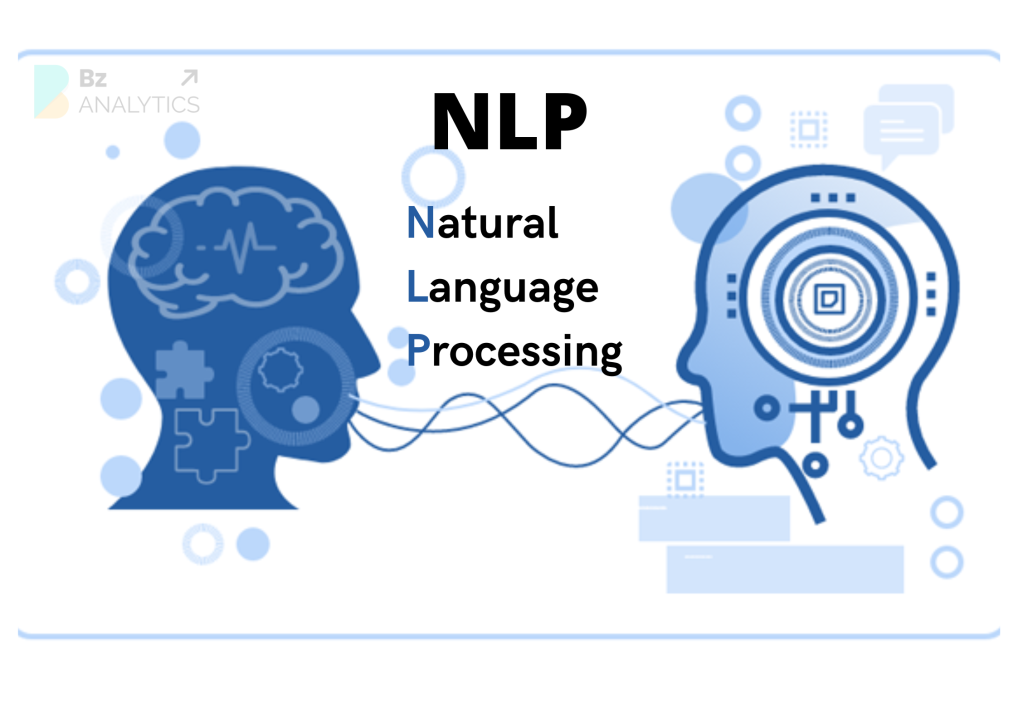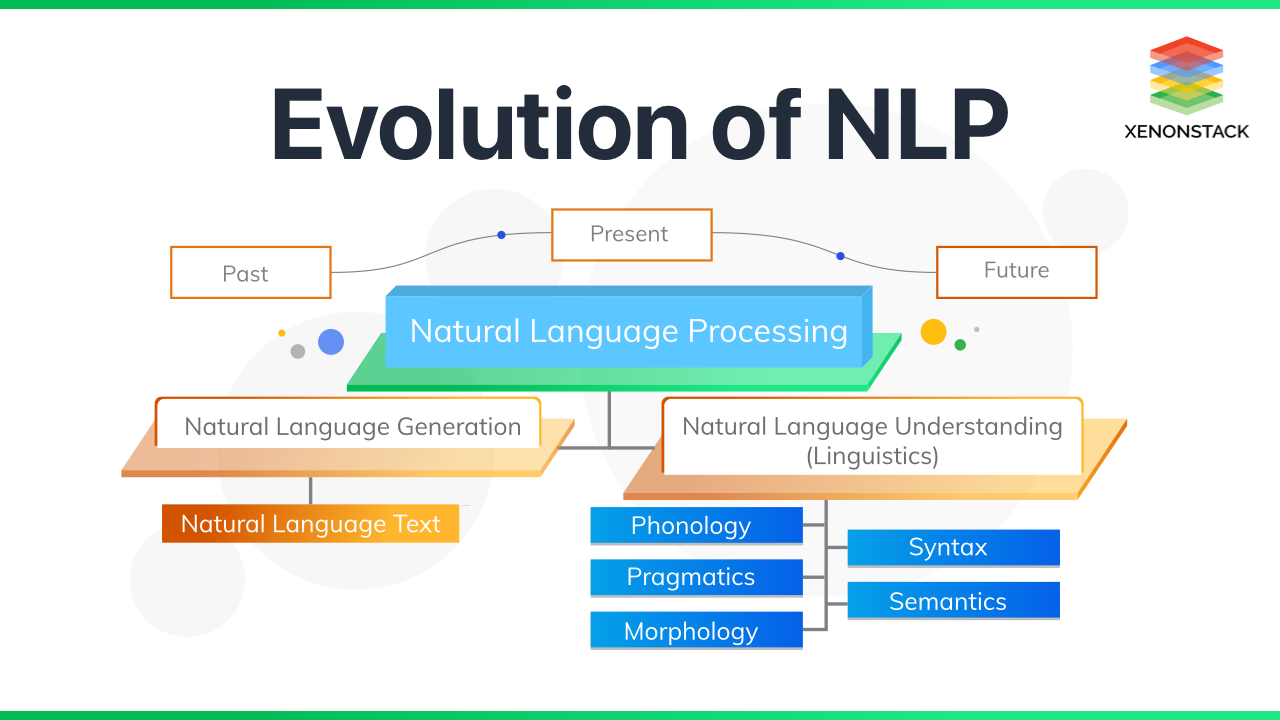Unraveling the Wonders of Natural Language Processing
Introduction:
In the realm of artificial intelligence, one of the most intriguing and transformative fields is Natural Language Processing (NLP). NLP is a branch of AI that focuses on the interaction between computers and human languages, enabling machines to understand, interpret, and generate human-like text. From virtual assistants and chatbots to language translation and sentiment analysis, NLP has made significant strides in reshaping the way we communicate with machines.
At its core, NLP aims to bridge the communication gap between humans and machines by allowing computers to comprehend and respond to natural language input. This involves a combination of linguistics, computer science, and machine learning techniques. The complexity lies in the inherent ambiguity, context-dependency, and diversity of human languages. In Natural Language Processing (NLP), various methods and techniques are employed, depending on the specific task or application. Here are some of the most commonly used methods in NLP:
In Natural Language Processing (NLP), various methods and techniques are employed, depending on the specific task or application. Here are some of the most commonly used methods in NLP:
Tokenization:
- Description: Tokenization involves breaking down a text into smaller units, usually words or phrases, known as tokens.
- Use Case: It is a fundamental step for many NLP tasks, enabling the analysis and understanding of the text at a granular level.
Part-of-Speech (POS) Tagging:
- Description: POS tagging involves assigning grammatical categories (such as noun, verb, adjective) to each word in a sentence.
- Use Case: It helps in understanding the syntactic structure of a sentence, which is essential for various NLP applications.
Named Entity Recognition (NER):
- Description: NER identifies and classifies entities (e.g., names of people, organizations, locations) within a text.
- Use Case: Important for information extraction, such as identifying key entities in news articles or documents.
Stemming and Lemmatization:
- Description: Both are techniques for reducing words to their base or root form.
- Use Case: Helps in standardizing words, reducing dimensionality, and improving the efficiency of text analysis.
Syntax and Parsing:
- Description: Syntax analysis involves parsing sentences to determine their grammatical structure.
- Use Case: Understanding sentence structure and relationships between words is crucial for accurate language understanding.
Word Embeddings:
- Description: Word embeddings represent words as dense vectors in a continuous vector space, capturing semantic relationships between words.
- Use Case: Widely used for tasks like word similarity, document classification, and sentiment analysis.
Topic Modeling:
- Description: Topic modeling algorithms, such as Latent Dirichlet Allocation (LDA), identify topics within a collection of documents.
- Use Case: Useful for organizing and summarizing large text corpora, aiding in document categorization.
Machine Translation:
- Description: Statistical and neural machine translation models are employed for translating text from one language to another.
- Use Case: Facilitates cross-language communication and content localization.
Text Classification:
- Description: Text classification algorithms categorize documents or text into predefined categories or classes.
- Use Case: Applied in spam detection, sentiment analysis, and news categorization.
Named Vector Models (e.g., Word2Vec, GloVe):
- Description: These models learn distributed representations of words based on the context in which they appear.
- Use Case: Similar to word embeddings, used for various tasks involving semantic relationships between words.
Recurrent Neural Networks (RNN) and Transformers:
- Description: Deep learning architectures like RNNs and Transformers are used for sequential data processing, capturing context effectively.
- Use Case: Applied in tasks such as language modeling, machine translation, and text generation.
Attention Mechanisms:
- Description: Attention mechanisms enhance the focus on specific parts of the input sequence when making predictions.
- Use Case: Improves the performance of models in tasks like machine translation and summarization.
These methods represent a combination of traditional linguistic approaches and modern machine learning techniques. The choice of method depends on the specific requirements and objectives of the NLP task at hand.
Natural Language Processing (NLP) finds applications across a wide range of industries and domains due to its ability to analyze, understand, and generate human language. Here are some of the prominent areas where NLP is extensively used:
Virtual Assistants and Chatbots:
- Virtual assistants like Siri, Alexa, and Google Assistant leverage NLP to understand and respond to user voice commands, making interactions more natural and conversational.
- Chatbots in customer support and service use NLP to interpret user queries and provide relevant information or assistance through text-based conversations.
Language Translation:
- NLP plays a crucial role in language translation applications, enabling the development of systems that can accurately translate text from one language to another. This has significant implications for global communication and collaboration.
Sentiment Analysis:
- Businesses use NLP for sentiment analysis to assess public opinion about their products, services, or brands. This is often done by analyzing social media content, customer reviews, and other textual data to understand the sentiment expressed.
Text Summarization:
- NLP is employed for automatic text summarization, where systems generate concise and coherent summaries of lengthy texts. This is particularly useful for extracting key information from documents, articles, or research papers.
Healthcare:
- In the healthcare sector, NLP is utilized for information extraction from electronic health records, clinical notes, and medical literature. This aids in data analysis, decision support, and improving patient care.
Finance:
- Financial institutions use NLP for tasks such as sentiment analysis of financial news, fraud detection, and analysis of market trends. NLP helps process and extract valuable insights from vast amounts of financial text data.
Legal Industry:
- NLP assists in legal research, document analysis, and contract review. It speeds up the process of extracting relevant information from legal documents and aids lawyers in their work.
E-commerce:
- NLP is employed in e-commerce platforms for tasks like product recommendations, customer support through chatbots, and analyzing customer feedback to enhance user experience.
Education:
- In education, NLP is used for automated grading, language learning applications, and intelligent tutoring systems. It can analyze student responses, provide feedback, and adapt to individual learning needs.
Human Resources:
- NLP is applied in HR for resume screening, candidate matching, and sentiment analysis of employee feedback. It helps streamline recruitment processes and improve employee engagement.
Social Media Analysis:
- NLP is used to analyze and understand trends, sentiments, and user interactions on social media platforms. This information is valuable for businesses, marketers, and researchers.
As technology continues to advance, the scope and applications of NLP are likely to expand further, contributing to innovative solutions in diverse fields.
Challenges and Future Directions:
While NLP has made remarkable progress, challenges persist, including the nuanced nature of language, cultural variations, and the need for more sophisticated models to handle context and ambiguity effectively. The future of NLP holds promises of enhanced understanding, improved language generation, and increased contextual awareness, paving the way for more advanced and human-like interactions between machines and users.
Conclusion:
Natural Language Processing stands as a testament to the incredible advancements in artificial intelligence, revolutionizing the way we communicate with technology. As NLP continues to evolve, its impact will extend to various domains, offering innovative solutions to complex linguistic challenges and ultimately enriching the human-machine interface.


































